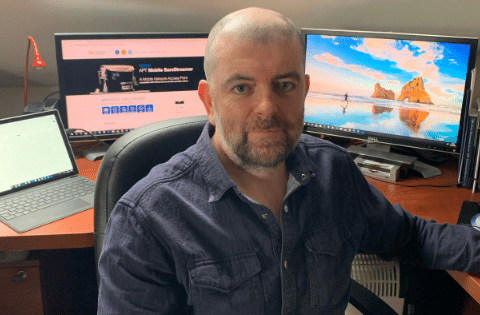- APT Range
- Virtualización Audio/MPX sobre IP
- MPX sobre IP
- Audio sobre IP
- Securización de los enlaces IP
- Transporte IP synchronisado
- ECRESO Range
- AiO Series
- Transmisores FM
- Herramientas incluidas
- Control de permutatores RF
- AUDEMAT Range
- Codificación RDS
- Monitoreo de señal (QoS/QoE)
- Prueba y Medida
- Monitoreo de infraestructura y telemetría
- KYBIO Media
- Monitoring & Control Software


